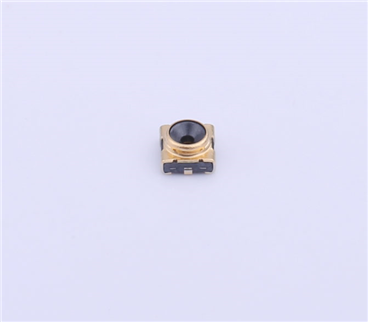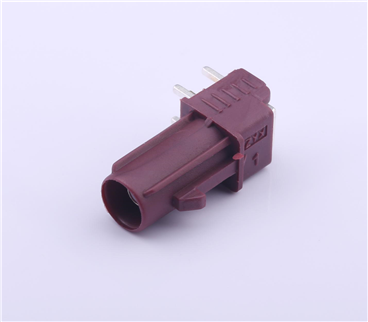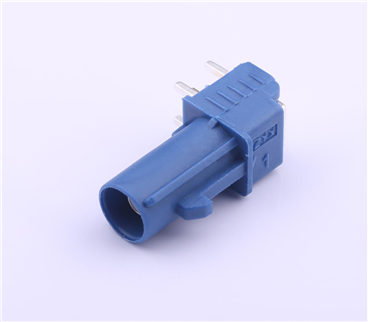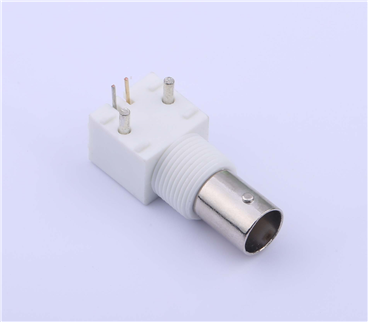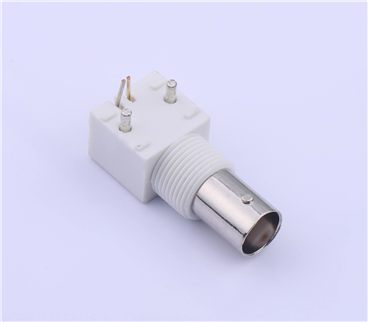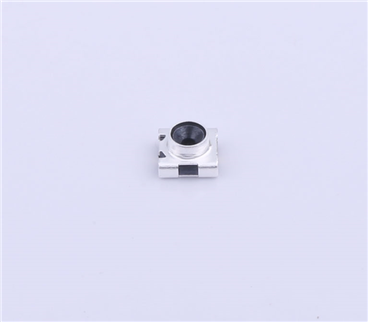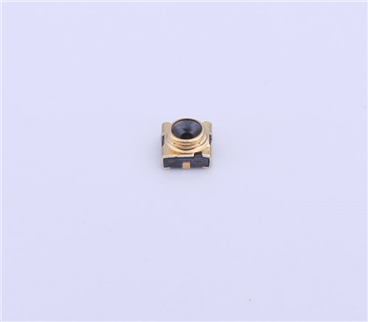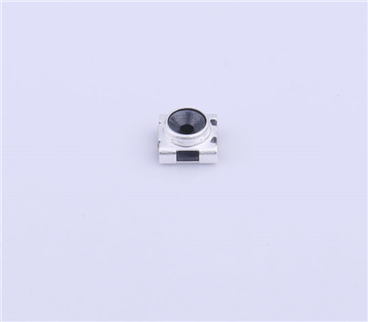Service hotline
+86 0755-23615795
Release date:2025-07-19Author source:KinghelmViews:525
In wireless communication systems, the performance of a fiberglass antenna depends not only on its inherent quality but also closely on proper tuning. Even a high-performance fiberglass antenna may suffer from weak signals or unstable transmission if not adjusted correctly. This article will detail the adjustment steps, key parameters, common problems, and solutions to help you quickly master tuning skills and make the antenna perform at its best.
1. The Importance of Adjusting Fiberglass Antennas
Fiberglass antennas are widely used in outdoor communications, industrial monitoring, drone video transmission, and other scenarios. The quality of adjustment directly affects communication results:
lSignal Coverage: Improper tuning can cause blind spots in signal coverage, affecting normal communication between devices.
lTransmission Stability: Incorrect parameter settings may cause signal fluctuations or frequent interruptions, especially noticeable in long-distance communication.
lEquipment Lifespan: Operating long-term under mismatched conditions can accelerate wear and tear on the antenna and related equipment, shortening their lifespan.
Therefore, mastering correct adjustment methods is key to ensuring efficient and stable operation of fiberglass antennas.
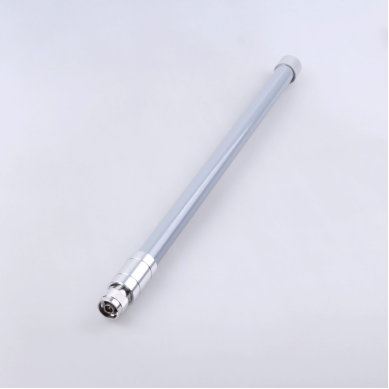
2. Preparations Before Adjustment
lSignal Test Instruments: Such as spectrum analyzers and field strength meters to measure signal strength (in dBm) and signal-to-noise ratio (SNR).
lAngle Measurement Tools: Protractors, compasses for adjusting antenna azimuth and elevation angles.
lWrenches and Screwdrivers: For securing antenna mounts and connectors, ensuring firm installation.
lLaptop Computer: Installed with relevant tuning software (e.g., device management tools) to monitor device operating parameters in real time.
lEnsure the antenna installation site is free of obstructions (trees, buildings) to avoid signal blockage or reflection.
lCheck for nearby strong electromagnetic interference sources (high-voltage towers, substations); staying away from them reduces signal noise.
lInspect antenna cables (feed lines) for damage, excessive bending, or wear to guarantee a clear signal transmission path.
lConfirm antenna operating frequency bands (e.g., 2.4 GHz, 5.8 GHz), gain (e.g., 5 dBi, 10 dBi), and polarization type (vertical or horizontal) to ensure compatibility with communication equipment.
lRecord device IP address, login credentials for accessing the management interface to view signal metrics.
Azimuth is the antenna’s horizontal pointing angle and is particularly important for directional fiberglass antennas.
1. Determine target direction: Using a compass, identify the approximate azimuth toward the communication target (e.g., due east).
2. Fine-tune angle: Adjust the antenna left or right in small increments (5°-10°) around the target azimuth while monitoring signal strength with a test instrument.
3. Lock best position: Fix the antenna azimuth when signal strength reaches maximum (e.g., around -50 dBm, closer to 0 is stronger) and remains stable.
Elevation angle is the angle between the antenna and horizontal plane, affecting vertical signal coverage.
1. Set initial elevation: According to communication distance, set initial tilt angle; for long distances (over 5 km), 0°-5°, for mid-short distances (1-3 km), 5°-15°.
2. Fine adjustment: Adjust antenna tilt up and down, monitoring signal strength to find the strongest angle.
3. Secure angle: Tighten elevation adjustment screws with a wrench to prevent angle shifts caused by wind or other factors.
The antenna’s polarization must match the receiving device’s antenna to avoid signal attenuation:
lFor vertical polarization, ensure the receiving antenna is also vertically oriented.
lFor horizontal polarization, align both antennas on the same horizontal plane to reduce polarization loss (mismatches may cause 10-30 dB signal attenuation).
1. Signal strength detection: Use management software or a signal tester to check that received signal strength is generally above -70 dBm (some devices require stronger signals).
2. Gain adjustment: If signals are weak, consider switching to a higher-gain fiberglass antenna (note that very high gain may narrow coverage area); if signals are too strong causing overload, reduce transmitter power.
3. VSWR (Voltage Standing Wave Ratio) check: VSWR measures antenna-feed line matching, with a normal range ≤1.5. If VSWR is too high (e.g., >2.0), check for loose connections or damaged cables and replace if necessary.
|
Common Problem |
Possible Causes |
Solutions |
|
Weak signal strength |
Incorrect azimuth or elevation; obstructions; polarization mismatch |
Readjust angles; remove obstructions; unify polarization |
|
Signal fluctuation |
Loose antenna mount; nearby electromagnetic interference; poor cable contact |
Secure mounts; move away from interference; reseat and tighten cable connectors |
|
High VSWR |
Damaged cables; faulty antenna connectors; frequency mismatch |
Replace cables; repair or replace connectors; ensure frequency compatibility |
|
Limited coverage |
Insufficient gain; improper elevation setting |
Upgrade to higher-gain antenna; adjust elevation angle to widen coverage |
lMonitor signal continuously for 24 hours, recording signal strength variations. A fluctuation within ±5 dBm indicates stable tuning.
lConduct data transmission tests (e.g., large file transfer) to check for packet loss or latency, ensuring transmission quality.
(b) Regular Maintenance
lInspect antenna mounting monthly to prevent angle shifts due to wind or weather.
lQuarterly, recheck parameters with signal testers and adjust to counteract environmental changes (e.g., tree growth).
(c) Optimization Suggestions
lIf multiple antennas are used, stagger azimuth angles to reduce mutual interference.
lIn complex environments, deploy antenna diversity techniques (install 2-4 fiberglass antennas) to improve signal stability.
Adjusting fiberglass antennas is a meticulous task requiring step-by-step optimization involving tools, environment, and parameters. From preparation through core adjustments to follow-up testing, every step is crucial. Using the methods outlined, you can quickly resolve issues like weak signals and unstable transmission, enabling fiberglass antennas to perform optimally in outdoor communication, industrial monitoring, and other applications.

